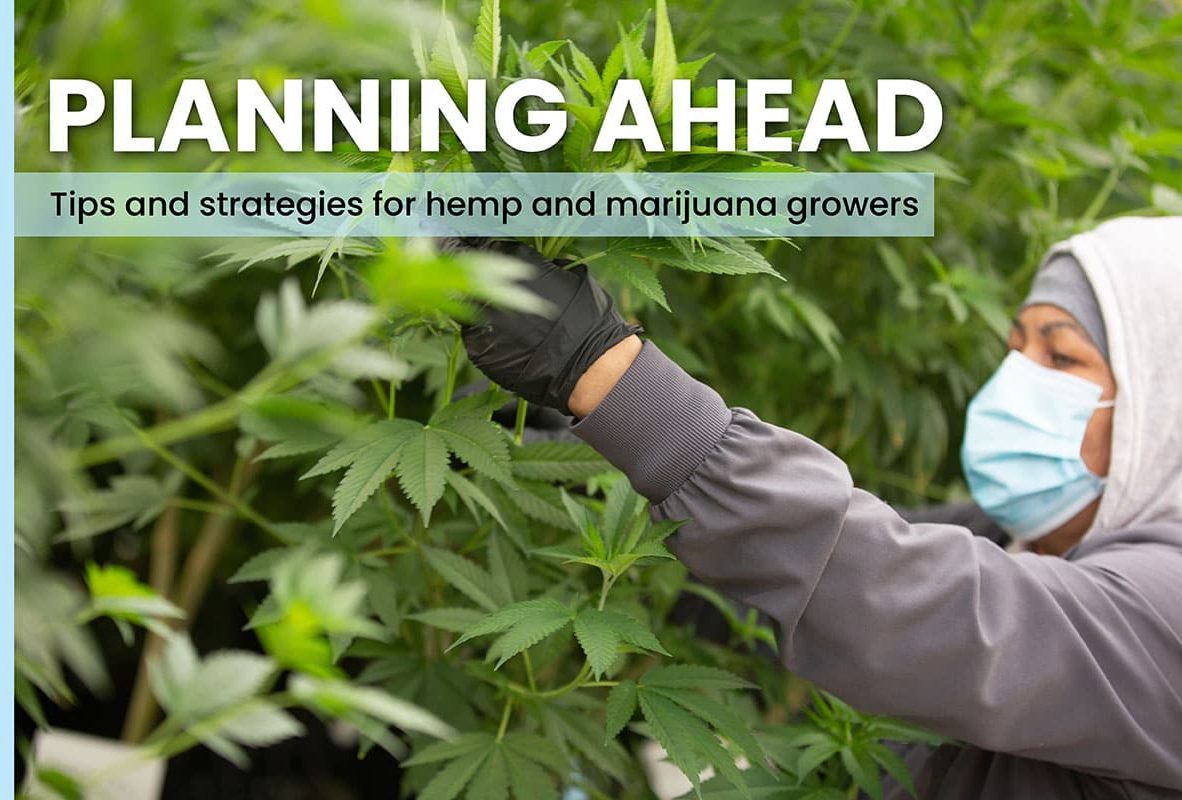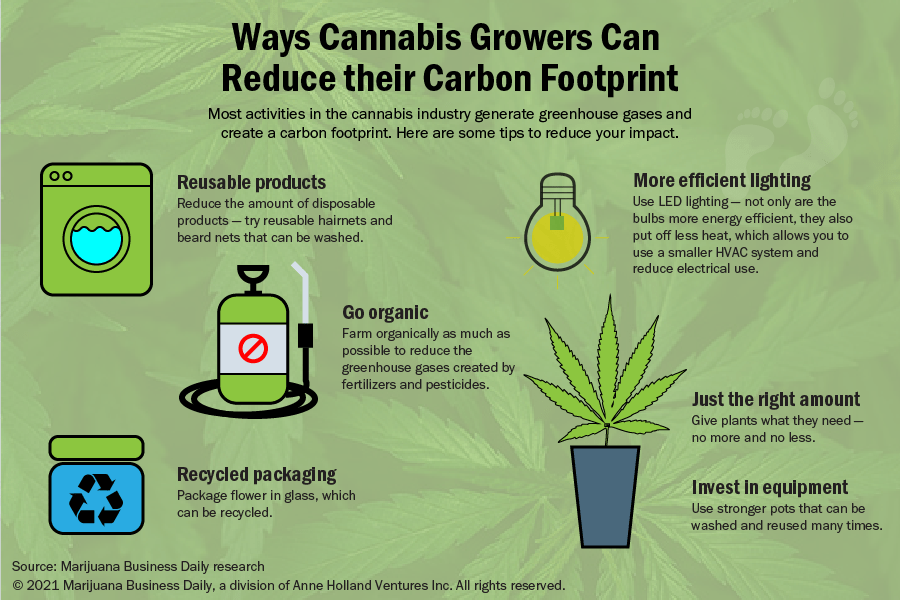(This is the seventh installment in a series focused on cultivation planning for marijuana and hemp growers. The previous installment is available here.)
Cannabis is a heavy-feed crop, requiring plenty of nutrition to produce high yields.
But deciding whether to grow with conventional or natural fertilizers depends on a cultivator’s growing style and goals.
Marijuana and hemp growers have three general nutrition options to fortify their crops:
- Conventional water-soluble or synthetic fertilizers.
- Organic fertilizers.
- Accessing existing nutrients through regenerative practices.
Conventional fertilizers: pros and cons
Growers know what they’re getting when they choose conventional fertilizers, which have been researched for decades, said certified crop adviser and agronomist Willie Gibson, an independent consultant in Vermont.
“Probably the single biggest advantage to using synthetic fertilizers is that a majority of all of the science and information is standardized and institutionalized,” Gibson said.
“It’s understood quite well how they will make a crop respond, even under different soil conditions, and so they’re very predictable.”
That predictability gives growers incredible control over their crops’ nutrition, allowing them to deliver targeted concentrations based on a specific response they’re seeking, said Daniel Gillespie, technical specialist for Allentown, Pennsylvania-based fertilizer company J.R. Peters.
Synthetic nutrients are also fast-acting, which is good for aiding plants in severe distress from nutrient deficiencies.
Organic nutrient sources, on the other hand, generally must be converted by microorganisms before roots take them up, Gillespie said.
Synthetics can also be less expensive and typically are delivered as easy-to-store dry pellets or mix-ins.
There are synthetic downsides, though.
Most synthetic fertilizers don’t contain micronutrients or beneficial organisms critical to soil health. And they can be too fast-acting for their own good, leaching deep into the soil and water table where plants can’t access them.
Overapplication can burn plants and build up toxic concentrations in the soil.
Worse, poorly managed synthetic fertilizers can damage groundwater supply and create polluted water runoff.
Gillespie said growers using synthetic fertilizers should know that it “becomes very critical to ensure that you’re applying an appropriate amount.”
Organic fertilizers: pros and cons
Organic and natural fertilizers take a variety of forms, from seed extracts to seaweed, fish emulsion and other options.
Plant-based organic fertilizers naturally include the biggies that plants need: nitrogen, phosphorus and potassium.
Plus, they provide micronutrients such as calcium and protein through amino acids that the plant needs for reproduction, said Janet Curry, a nutrition consultant with Nature’s Source, a natural fertilizer supplier in Sherman, Texas.
Organic fertilizers provide natural nutrition and reduce stress to the plant, Curry said.
“Seed extract-based fertilizers are low in salts, so you’re less apt to burn and stress the plant,” she said.
Curry added that natural fertilizers can improve a plant’s soil structure, improving filtration and water-holding capacity and allowing farmers to use less water.
And because organic fertilizers enhance plant health, they might help reduce the use of pesticides and herbicides, Curry said.
But organic fertilizers can cost significantly more.
For example, a conventional nitrogen fertilizer such as concentrated urea can cost $800 per ton less than a lower-concentration Chilean nitrate, a high-nitrogen organic product, Gibson said.
On the other hand, certain organic formulations can be twice as effective as their conventional counterparts, requiring half the application.
Accessing natural nutrients
Growers have a third option to boost yields: tapping into the nutrients that are already locked up in the soil.
They do so by planting companion and cover crops such as legumes, which can fix atmospheric nitrogen into their roots and then make it available to other crops. Growers can also apply soil inoculants such as beneficial mycorrhizae (fungi) to enrich the soil.
“If we can orient ourselves to thinking about how we can establish and maintain a strong mycorrhizal fungi basis in our soils, then we will be letting the soil function biologically, which will capture far more energy from the sun and sequester more carbon,” Gibson said.
“We will have to put way less energy into feeding our crops.”
All of the above
Cannabis producers are mixing and matching all three strategies for the best results.
Gillespie said that cannabis producers using synthetics are also adding certain organic elements to supplement their nutrition, such as humic acid and folic acid.
“The growers who use it seem to really kind of swear by it, and the organic supplements and the beneficial supplements can be really helpful if the plant gets a little bit stressed out,” he said.
“I think there’s a lot of potential there because you’re able to still target the nutrition, but you’re also getting some of the benefits that the organic sources provide as well.”
Laura Drotleff can be reached at laura.drotleff@mjbizdaily.com.






